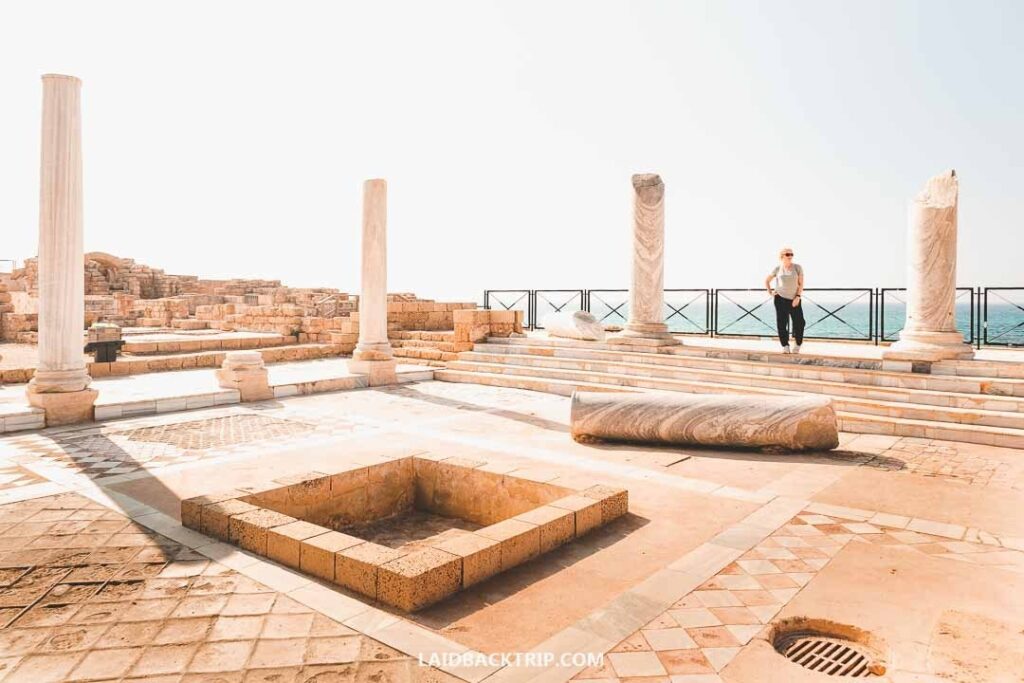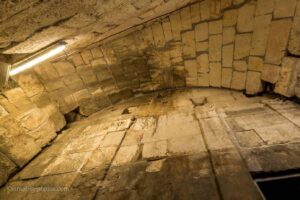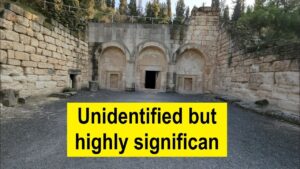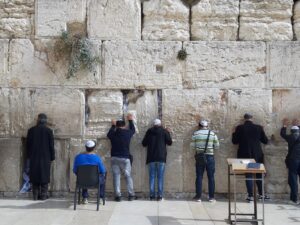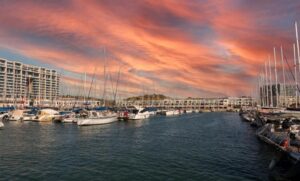Caesarea National Park: Roman Ruins by the Sea
Nestled along the stunning Mediterranean coastline of Israel, Caesarea National Park offers a captivating blend of history, archaeology, and natural beauty. This ancient city, once a bustling Roman port, now stands as a testament to the grandeur of the Roman Empire. Whether you’re a history buff, a nature lover, or simply looking for a unique day trip, Caesarea National Park promises an unforgettable experience.
What to See
As you enter the park, you’ll be greeted by the impressive remains of the ancient Roman city. The highlight is undoubtedly the well-preserved Roman theater, which still hosts performances today. Imagine sitting where Roman citizens once enjoyed plays and gladiatorial contests, with the sea as a breathtaking backdrop.
Nearby, the Herodian Amphitheater offers a glimpse into the past with its massive stone seating and central arena. This was once the site of chariot races and other grand spectacles. Don’t miss the ancient aqueduct, a marvel of engineering that brought fresh water to the city from miles away. Stroll along the beach to see the aqueduct’s arches stretching into the distance.
The park also features a fascinating museum that houses artifacts uncovered during excavations. Here, you can learn about the city’s history and see items ranging from pottery to intricate mosaics.
A Bit of History
Caesarea was founded by Herod the Great around 25-13 BCE and named in honor of Augustus Caesar. It quickly became a major port and the administrative center of the Roman province of Judea. The city flourished under Roman rule, boasting grand public buildings, temples, and a sophisticated harbor.
Over the centuries, Caesarea changed hands multiple times, falling under Byzantine, Muslim, and Crusader control. Each era left its mark, contributing to the rich tapestry of ruins visible today. The city’s strategic location made it a coveted prize, and its history is a testament to the ebb and flow of empires.
Interesting Facts and Tips for First-Time Visitors
- Caesarea’s harbor was one of the largest artificial harbors built in the open sea during antiquity. It was a marvel of engineering, using a unique Roman concrete that set underwater.
- The park is home to a variety of wildlife, including birds and small mammals. Keep an eye out for the colorful kingfishers that frequent the area.
- For a unique experience, visit the park during the evening when the ruins are beautifully illuminated, creating a magical atmosphere.
- The park offers guided tours, which are highly recommended for those interested in a deeper understanding of the site’s history and significance.
- Wear comfortable shoes, as there’s a lot of walking involved, and don’t forget sunscreen and a hat, especially during the hot summer months.
How to Get There
Caesarea National Park is conveniently located about halfway between Tel Aviv and Haifa, making it an easy day trip from either city. If you’re driving, take the Coastal Highway (Route 2) and follow the signs to Caesarea. There’s ample parking available at the site.
For those relying on public transportation, you can take a train to the nearby Binyamina station and then a short taxi ride to the park. Alternatively, several bus lines run from major cities to Caesarea.
Once you arrive, the park is well-signposted, and maps are available at the entrance to help you navigate the site. Plan to spend at least a few hours exploring, as there’s plenty to see and do.
